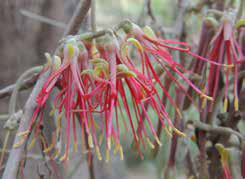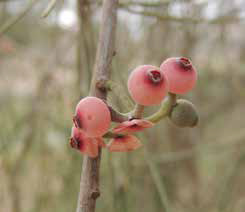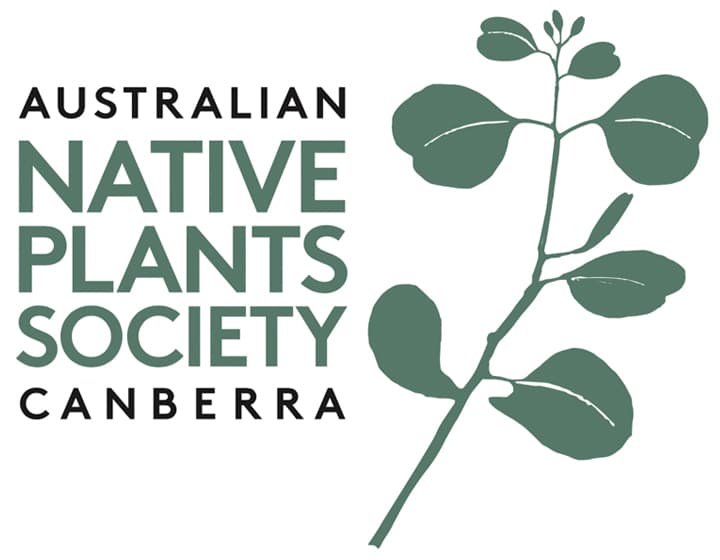Needle-leaved Mistletoe Amyema cambagei
By Jane Roberts
Sept 2023

Wednesday Walkers were-pleasantly pleased to find-Amyema cambagei on River Oak-Casuarina cunninghamiana while-exploring the Murrumbidgee Corridor-north of Pine Island.-This mistletoe has soft green-cylindrical leaves that look like-Casuarina needles. Strong similarity-between mistletoe leaf and host leaf-has been described as mimicry.-doesn’t have the credibility it used to-have. But strong similarity does mean-that out of flowering season (which is-extensive through the year but mainly-spring), it is easy to overlook this-mistletoe.-Indeed the Walkers went past (twice-!) several bunches of this mistletoe-at eye level, right beside the trail.-We quickly got our eye in, and-after that enthusiastically spotted-mistletoe clumps on the next ten-C. cunninghamiana trees.-Casuarinas are the main host for this-mistletoe in NSW and Queensland.-Practically all 25 photo records in-Canberra Nature Map are for River Oak-C. cunninghamiana.-Flowering material of Needle-leaved-Mistletoe was collected by R Brown on-14 October 1804 from near what is now-Raymond Terrace NSW, making it one of-the earliest herbarium specimens.-It is a hemi-parasite, meaning it-photosynthesises but obtains nutrients-and water from its host plant. Valued as-food plant by honeyeaters and butterflies,-it is especially important as food plant for-caterpillars of the Satin Azure butterfly.-



Back to Articles List
